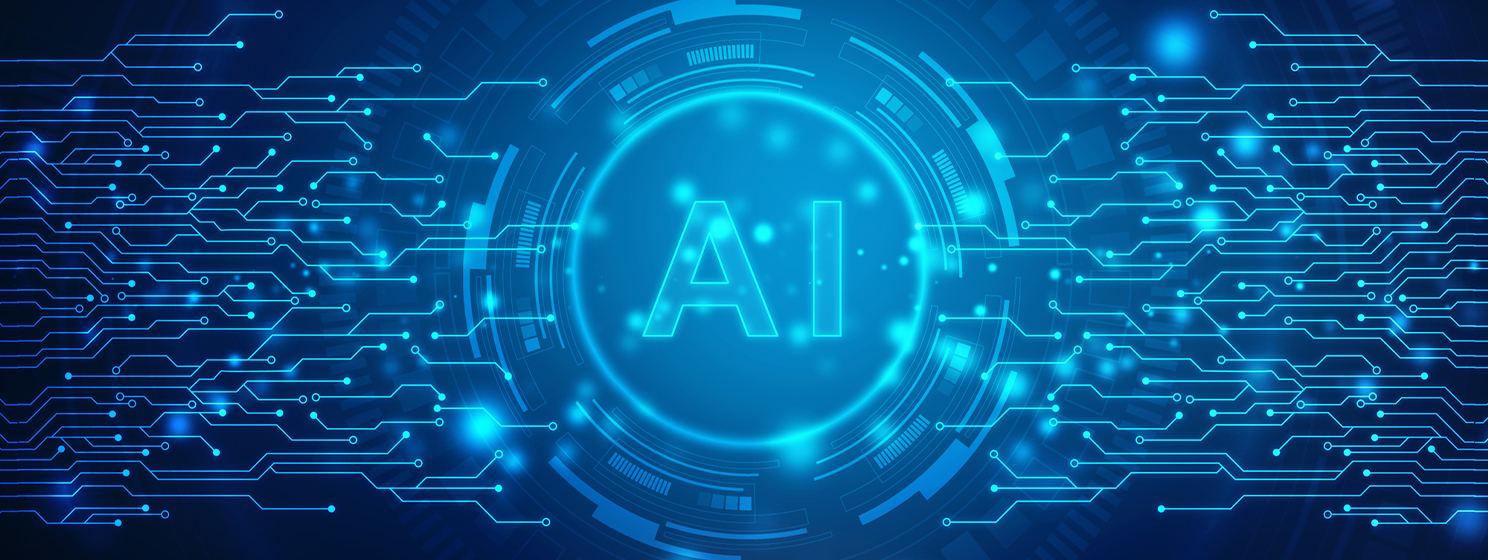|
Getting your Trinity Audio player ready...
|
OpenAI’s highly anticipated video generation tool, Sora, was at the center of controversy last week. A group of artists who were granted early access to Sora found a way to bypass restrictions and publicly release the tool. They did so out of frustration with OpenAI’s practices and treatment of artists.
The artists claimed they were being used as “PR puppets” while receiving minimal compensation, so they retaliated by sharing Sora via Hugging Face, the open-source platform for artificial intelligence (AI) tools.
Artists in the early access program were tasked with battle-testing Sora, identifying bugs, and providing feedback to improve the AI video generator. In exchange, OpenAI offered opportunities for their works to be screened, which many felt was insufficient compensation considering the substantial value their input brought to the project.
Hours after the leak, OpenAI suspended the early access program, making Sora again inaccessible, even for its early-access artists. While the artists’ complaints about compensation and acknowledgment seem valid, in my opinion, the broader concern lies in whether their creative inputs were being used to train Sora’s AI model. If so, this raises questions about intellectual property (IP) and copyright, where an artist’s unique style might unknowingly shape future outputs without adequate recognition or reward.
For many artists, I’m sure this would lead to even greater problems than perceived mistreatment by a company.
This incident also highlights a recurring challenge in AI that is likely to continue evolving as AI models become more advanced: the balance between leveraging user input to improve models and protecting the IP of private individuals and companies.
Trump’s plan for an “AI Czar” and what it means for the industry
President-elect Donald Trump is reportedly exploring the creation of a new “AI Czar” role within the White House. The term “White House czar” refers to an individual appointed by the president to oversee and coordinate policies across federal agencies in a specific domain.
The introduction of an “AI Czar” could significantly benefit the AI industry. The move would reflect the Trump administration’s potential for fostering a supportive environment for AI innovation and development, similar to what the administration is actively doing for cryptocurrency.
When it comes to AI, Trump has already indicated plans to dismantle the Biden administration’s executive order on AI, which introduced stringent reporting requirements for companies operating in this space.
If these regulatory measures are rolled back, the industry could see a more lenient framework, encouraging companies to take greater risks and innovate faster. For businesses navigating the AI landscape, this could mean reduced red tape and increased opportunities to experiment and grow without fear of overregulation.
Similar to his approach to crypto, Trump’s approach to AI will likely emphasize deregulation, aligning with his administration’s historical focus on reducing barriers for businesses. This could spur a wave of activity in the AI space, particularly for startups and smaller firms that compliance costs under stricter rules might have hindered.
Amazon enters arena with AI model Olympus
Amazon (NASDAQ: AMZN) is allegedly preparing to announce its proprietary AI model, Olympus, during the Amazon re:Invent 2024 conference from December 2-6. The launch of Olympus will throw Amazon directly into the competitive landscape of AI model development, marking Amazon’s shift away from relying on third-party AI providers such as Anthropic, the AI startup in which Amazon is heavily invested.
Olympus is expected to excel in computer vision, with the ability to analyze and interpret images and videos based on user-provided text prompts.
The decision to develop Olympus internally rather than further relying on Anthropic does come as a surprise to me. After all, Amazon has invested $8 billion in Anthropic to date.
However, building in-house is likely to come with many advantages that just aren’t possible when you rely on a third party. By building in-house, Amazon gains complete control over its AI model’s integration, functionality, and future innovations. This independence allows the company to prioritize its objectives without being constrained by the goals or limitations of a third-party provider.
Olympus will allow Amazon to innovate at its own pace and will likely make it a formidable competitor among the other tech giants looking to grab a percentage of the AI model market. In addition, having an in-house model is likely to be more cost-effective than relying on a third party in the long run.
Amazon’s expected to integrate Olympus across its platform, from Amazon Web Services (AWS) to its retail services. This move by Amazon is also indicative of a broader trend taking place in AI: more companies are looking to get in or invest at the infrastructure level rather than at the app layer, which is a bit of a departure from the trends we have seen over the last year.
In order for artificial intelligence (AI) to work right within the law and thrive in the face of growing challenges, it needs to integrate an enterprise blockchain system that ensures data input quality and ownership—allowing it to keep data safe while also guaranteeing the immutability of data. Check out CoinGeek’s coverage on this emerging tech to learn more why Enterprise blockchain will be the backbone of AI.
Watch: Alex Ball on the future of tech: AI development and entrepreneurship

 12-25-2025
12-25-2025 




